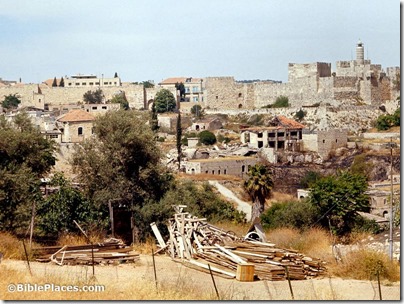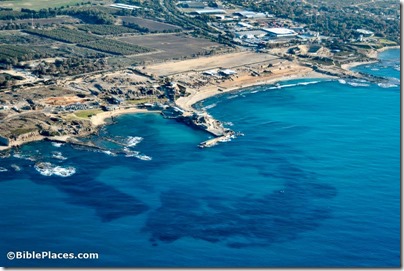Repairs inside the Dome of the Rock are complete, and when they took photos this week, it was revealed that the reconstruction of the tile floor proposed by the Temple Mount Sifting Project is accurate.
The study of fish bones found in a 7th-century AD shipwreck near Dor indicates that a now-extinct subspecies of St. Peter’s fish was being transported on the boat (Haaretz premium).
Scholars are offering competing explanations for the massive trash dump in the Kidron Valley from the first century AD (Haaretz premium).
A jogger along the shore of Ashkelon discovered a 12th-century AD oil lamp.
Aren Maeir is providing daily updates of the excavation of Gath.
The Tel Burna team gives an update from the first two weeks of their season. Chris McKinny’s work on the LB cultic building looks particularly promising in the remaining two weeks.
Jennie Ebeling and Norma Franklin discuss several important facets of their excavations at Jezreel.
Luke Chandler discusses the possibility of a Judahite water system at Lachish and the need for funds to excavate it.
If you’re interested in a brief, well-illustrated study of the world’s largest stones used in construction projects, check out Tom Powers’s latest post.
Felicity Cobbing of the PEF was present at the opening of the Palestine Museum in Ramallah and shares her perspective.
The senior staff of the Ashkelon excavations is wrapping up their final season this month and beginning a new project at Tel Shimron with a geophysical survey this summer.
Appian Media was recently filming in Israel for their upcoming Following the Messiah video series.
They are posting updates on the project and their travels on their blog.
The Fifth Gospel is a new iBook that explores the land, the culture, and the archaeology of the Bible. It was designed for high school students and features maps, interactive quizzes, photos, and short film clips. Check it out on iTunes.
HT: Agade, Joseph Lauer






